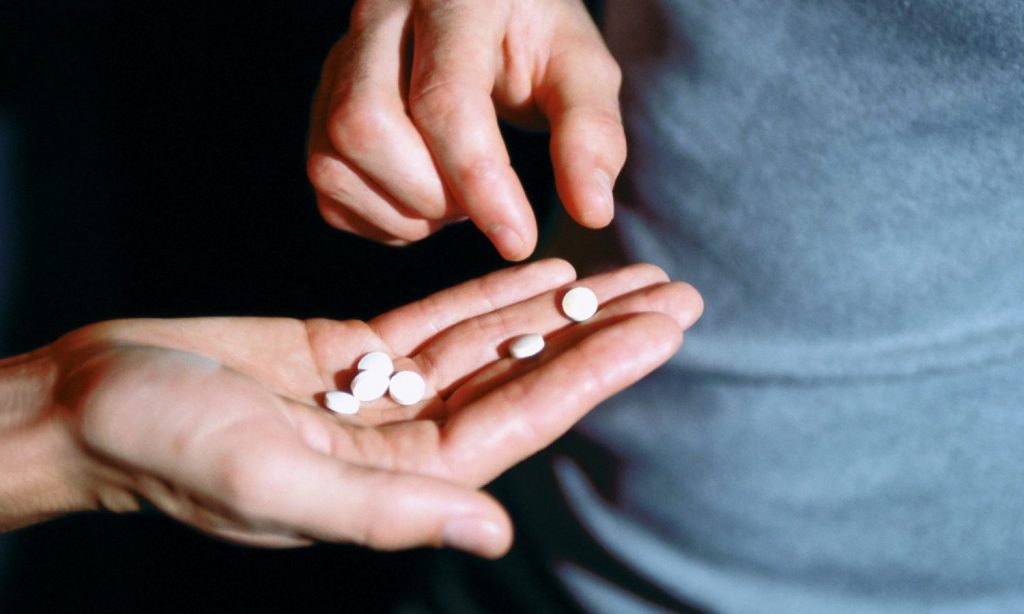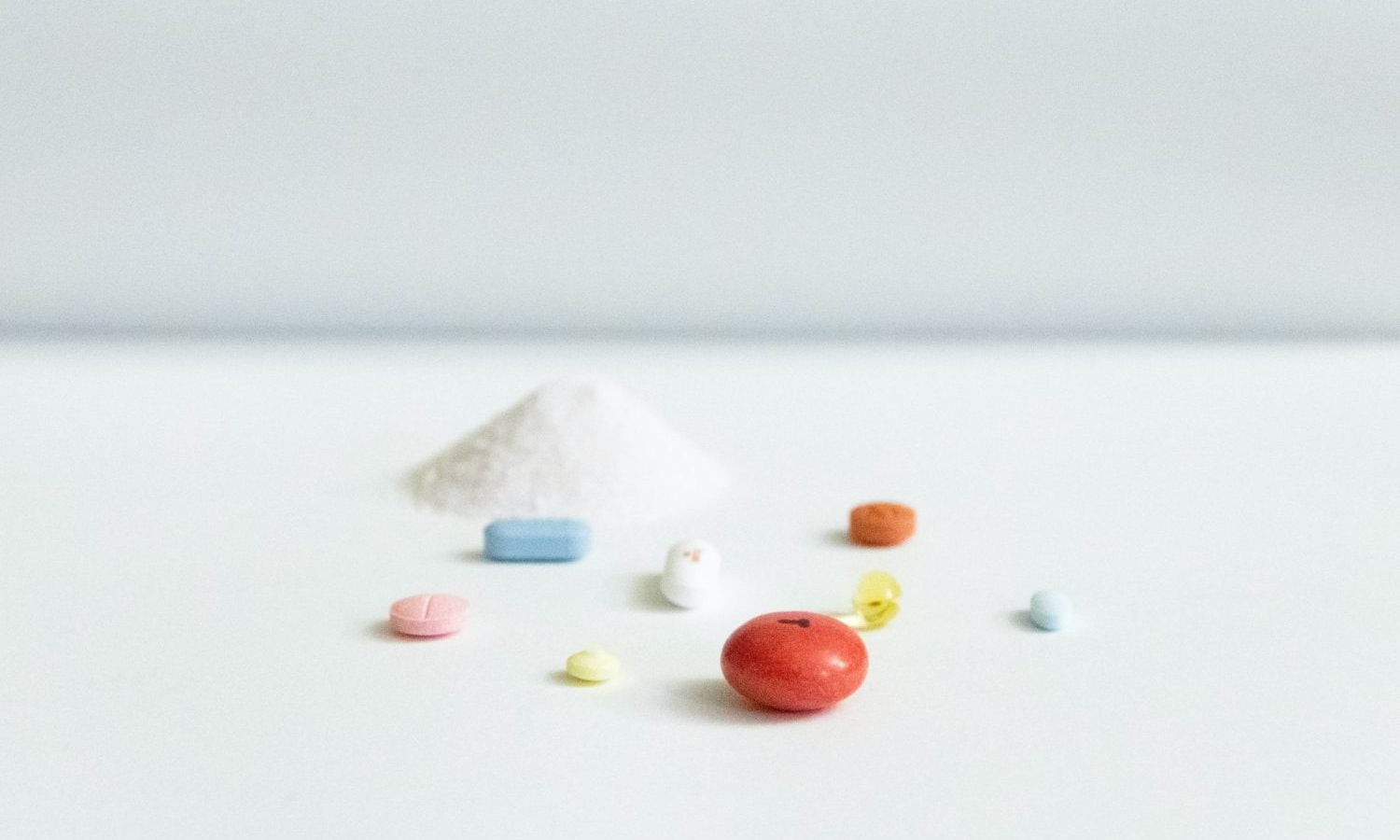What about cannabis, which has been repeatedly listed as a substance with high abuse potential and low medical value?
By Nina Zdinjak
The Drug Enforcement Administration (DEA) raised legal production quotas for illegal Schedule I drugs like psilocybin, MDMA and DMT…again. The agency first set its initial targets for psychedelics to be produced for research activities in the U.S. earlier this year, and then raised those numbered in September, opening a public comment period, writes Marijuana Moment.
Now, after the public comment period is over and the DEA reviewed the feedback, it has once again boosted legal production quotas for these substances. The new quota for psilocybin is 6kg by the end of the year, which is quadruple the previous figure.

When it comes to MDMA and DMT, its final quotas rose 6,300%, with the DEA aiming to have 3.2 kg produced by the end of the year.
“DEA acknowledges the expressions of appreciation to changes in the [Aggregate Production Quotas] for these controlled substances,” the notice states. “The adjustments to select hallucinogenic schedule I controlled substances occurred after DEA received additional schedule I researcher protocols from DEA registered researchers and quota applications from DEA registered manufacturers.”
Furthermore, DEA also aims to have 2000 kg of cannabis produced this year.
DEA To Deschedule Cocaine-Derived Drug
The agency hit the headlines one more time this week, announcing it will deschedule a controlled substance that’s derived from cocaine, Marijuana Moment reported.
The move comes nearly three years after the DEA obtained a petition for the policy change. And all the while the agency was apparently planning to remove the cocaine derivative from Schedule II and completely remove criminal and associated penalties with the compound, while cannabis and psilocybin remain Schedule I drugs.
RELATED: Biden’s DEA Pick Anne Milgram & Cannabis Implications
The DEA published a notice in the Federal Register last week revealing that the drug [18 F]FP-CIT is “a diagnostic substance that is used in assisting the evaluation of adult patients with suspected Parkinsonian syndromes” and is used in the “visualization of striatal dopamine transporters (DAT) using positron emission tomography (PET) imaging.”
The DEA publication further explained, “Based on FDA’s scientific and medical review…and findings related to the substance’s abuse potential, legitimate medical use, and dependence liability, HHS recommended that [18 F]FP-CIT be removed from all schedules of the CSA.”
What about cannabis, which has been repeatedly listed as a substance with high abuse potential and low medical value?
Well, when the U.S. Court of Appeals for the Ninth Circuit ruled in August against a petition to request that the DEA reschedule cannabis in all of its forms under the Controlled Substances Acts (CSA), a ray of light appeared in the form of Judge Paul Watford. Namely, Watford revealed in a concurring opinion that the agency may be obliged to reclassify cannabis considering the misinterpretation of the medical value of marijuana.
This article originally appeared on Benzinga and has been reposted with permission.


